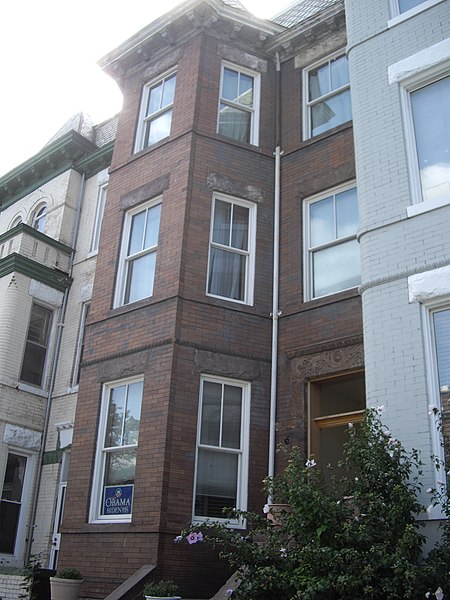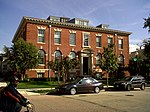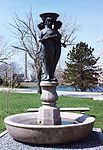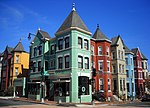Samuel Gompers House
Houses on the National Register of Historic Places in Washington, D.C.National Historic Landmarks in Washington, D.C.

The Samuel Gompers House is a historic house at 2122 1st Street NW, in the Bloomingdale neighborhood of Washington, D.C. Built around the turn of the 20th century, it was from 1902 until 1917 home to Samuel Gompers (1850–1924), who was founder and president of the American Federation of Labor from 1886 until his death. It was declared a National Historic Landmark in 1974.
Excerpt from the Wikipedia article Samuel Gompers House (License: CC BY-SA 3.0, Authors, Images).Samuel Gompers House
1st Street Northwest, Washington
Geographical coordinates (GPS) Address Nearby Places Show on map
Geographical coordinates (GPS)
| Latitude | Longitude |
|---|---|
| N 38.918888888889 ° | E -77.012222222222 ° |
Address
1st Street Northwest 2124
20001 Washington
District of Columbia, United States
Open on Google Maps











